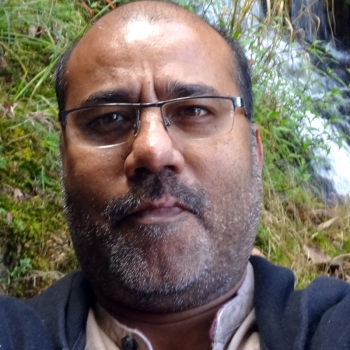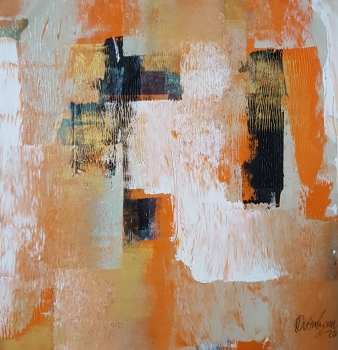
India, a 71-year-old independent nation, has various scratches and marks that the colonial rule of British and the prior invasion of Mughals have put on. The 400 year age of slavery and oppression ended with the dawn of 15th August 1947, when Indian won its independence.
That era must have been magical (I can only imagine). After all, a nation with such a huge population has now a government of its own people and there was no foreigner to direct them. Immediately after India gained its freedom, politics was on a speedy roll. It influenced everything. The poets, writers, and authors engaged themselves in settling up their status.
How is Indian Art slowly getting the attention it always deserved?
The time saw a slow but steady rise in all the sectors, except art. As soon as Indian got its independence, art and culture that reflected our heritage and tradition saw a dynamic and sudden boom. Not to forgot, this was the time when modernism was at its peak in Europe and North America. So, there was a constant threat of entrance of western culture in India.
But, Indian Contemporary art not only found its way out of the tricky situation but was also able to make a special place in the global art world. Let’s see how it was done:
The heroes of Indian Contemporary Art
The very first name that comes to my mind thinking of the people who contributed significantly towards the elevation and establishment of contemporary style in India is Abindranath Tagore.
Tagore founded the “The Bengal School” and courageously took the task of promoting contemporary artwork in India. The establishment of this art institute was indeed a benchmark for Indian art.
Of course, the efforts of Tagore was duly supported by the names such as Gaganendranath Tagore, Nandalal Bose, Benodebehari Mukherjee, Mukul Dey, and Asit Haldar.
Tagore had a deep effect on the people of the art world in India and Bengal become the focal point of Indian art during that time. The then main focus was on to stimulate the feeling of patriotism and nationalism. Every artist was keen to reflect the true spirit of India in the paintings.
The true interpretation of Shiva's Third Eye
There is not an iota of doubt that the remarkable contribution of the Bengal school of Art laid a solid foundation for the Indian art’s future.
The emergence of revolutionary artists such as Amrita Sher Gil started and encouraged the practice of sentimental romantic naturalism that was a completely alien concept.
Pre-independence, the education, and the school curriculum deferred the students from the feeling of nationalism completely. Amidst all this, even the art sector was impacted heavily by the western interference.
With the likes of Tagore and Amrita, artists started to come out of the shackles of the ancient conventions and traditions that were too stagnant and sophisticated.
A lot of credit also goes to the teachers of the government art schools who transformed the thought process of the students and guided them to find their own way that represents the essence and the true spirit of India.
The Artist’s Progressive Group
The revolution that was ignited to a dim light in the pre-independence era started burning vivaciously by the Bombay Artist’s Progressive Group that was formed in the year 1948. The core founding members of this group were F. N. Souza, S. H. Raza, M. F. Husain, K. H. Ara, H. A. Gade, and S. K. Bakre.
IMHO, this was the major revolution for Indian contemporary art. This was the very first time that any art group had majorly focused on freeing the artists from the old methods, be it the colonial academic art or the revival movement of Nationalism in Bengal school.
Spur Employees Productivity with Modern Art Paintings
Since the base of this group was to create something unique and rare, the founders of this group started to focus on the international contemporary movement that was still a toddler in the late 40s. The emphasis was to increase the exposure of global art so that Indian contemporary art could take birth.
It was an exciting yet very tough epoch for the artists. There were many artists who could not cope up with this trending style of art and hence got lost in the pages of history. Few other artists that learned and earned immense fame due to the newly trended form of art. These were K.K.Hebbar, Tyeb Mehta, Akbar Padamsee, Sudhir Patwardhan, Jehangir Sabavaia, N.S.Bendre, Atul Dodiya, and Jaideep Mehrotra.
The Final Takeaway
Another prominent artist, N.S.Bendre incepted the “Baroda group of Artists” that also contributed greatly for the fusion of Indian contemporary art.
The online abstract art gallery or the Christie’s auction coming to India, all of this become possible because of the astonishing things art heroes did in the past.
Bengal school inspired and became the reason for the emergence of other premier art institutes in India. Bombay Progressive Artist Group laid the very first brick for contemporary art to breath in India.
In all these movements, the fire to keep Indian culture intact within the artwork was the true seed of revolution that paved the way for the artists of our generation to create mesmerizing pieces of artworks freely.





















